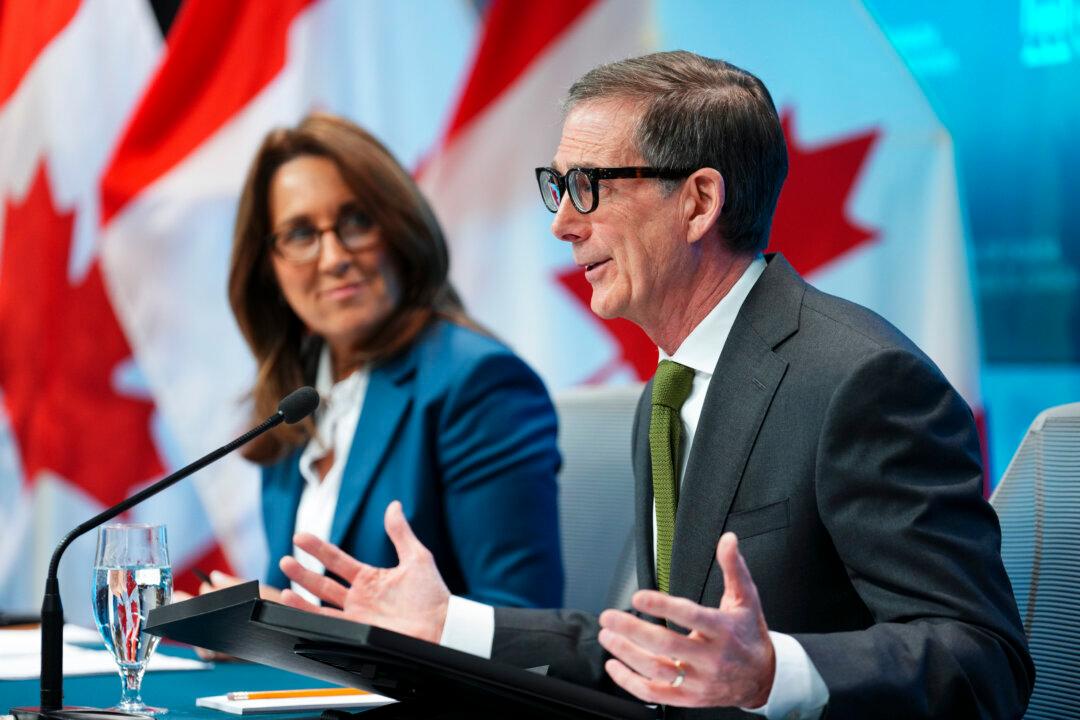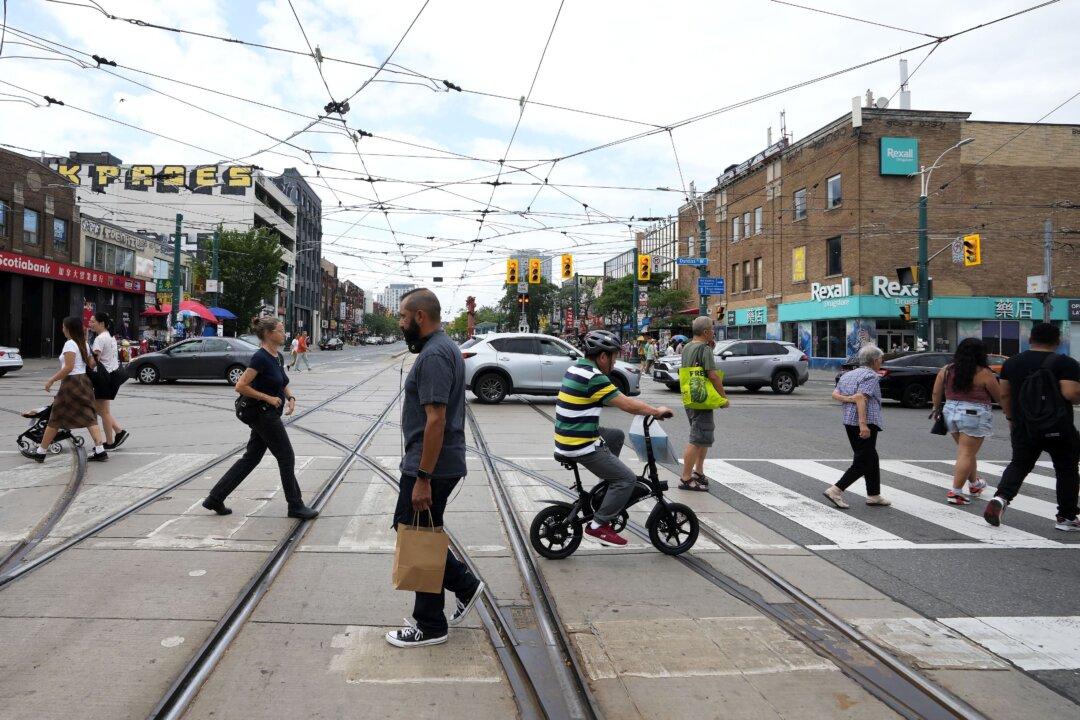Canada’s fiscal situation has deteriorated significantly over the course of the government’s response to the pandemic. The feds’ latest report on the nation’s finances argues that Canada’s strong fiscal position coming into the health crisis had allowed the government to spend ambitiously by international standards to counter COVID-19. However, worrying realities mar that narrative.
The government on July 8 delivered its first official fiscal update since last December. ”Economic and Fiscal Snapshot 2020” detailed the plethora of support programs and what might have been the state of affairs had it not done so.
The government expects to be $343.2 billion in the red for 2020–21. This represents 15.9 percent of the economy, while the federal debt projects to be 49.1 percent of the economy—still the best among the G7.
Direct spending to support businesses and individuals amounted to some $212 billion—more than 10 percent of gross domestic product (GDP). However, according to the Organisation for Economic Co-operation and Development (OECD), Canada has the highest unemployment rate among the G7, at 13.7 percent, Conservative leadership candidate Erin O’Toole tweeted on July 7.
“Based on our strong fiscal position going into this … we should be proud of where we’re at,” Finance Minister Bill Morneau said during an embargoed press conference in response to a question from The Epoch Times regarding the unemployment rate.
He noted that with the take-up of the Canada Emergency Response Benefit (CERB) and the Canada Emergency Wage Subsidy (CEWS), the feds are seeing the results they’re hoping for.
No Plans for Next Phase of Recovery
Morneau said the government’s approach is to make the necessary investments to support Canadians and jobs—to simply restart the economy. He added that the feds are better able to take on additional debt than households and businesses.
Ottawa also has not planned for the next phase of the recovery and economic expansion. “We’re not going to make assumptions of the future that we can’t know today,” he said.
Neither did Morneau address plans for getting the deficit under control such as via spending cuts or tax hikes.
The government provided forecasts for just one year, saying that considerable uncertainty prevents it from giving a five-year forecast as is traditionally found in the budget or an end-of-year fiscal update. The update said private-sector economists expect GDP to drop 6.8 percent in 2020 before jumping by 5.5 percent in 2021.
The size of the deficit alarmed Conservative Leader Andrew Scheer, who said his party has also been putting forward solutions to help Canadians.
“Over the past five years, the Trudeau Liberals have completely abandoned their fiscal anchors. The debt-to-GDP ratio is rising, the deficit has exploded to $343.2 billion, and they have completely lost control over the federal debt, which for the first time will reach over $1 trillion this year,” Scheer said in a statement.





